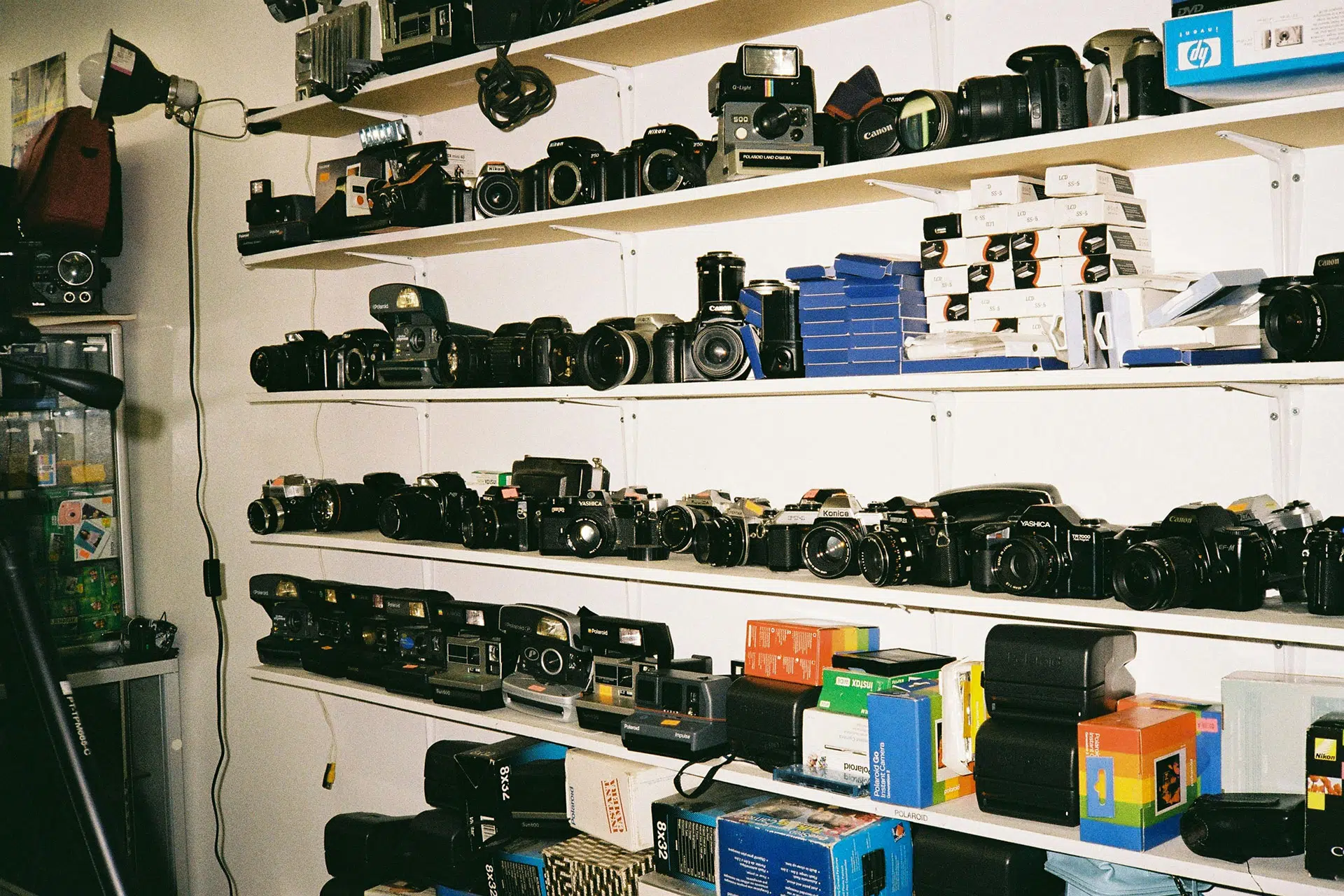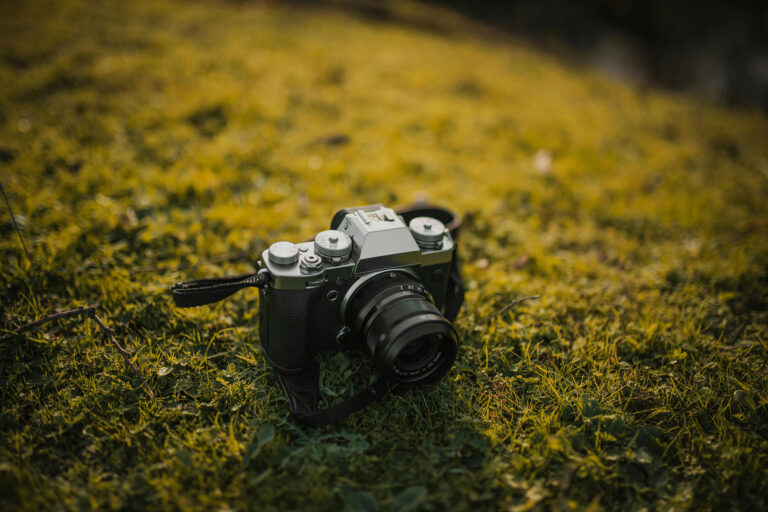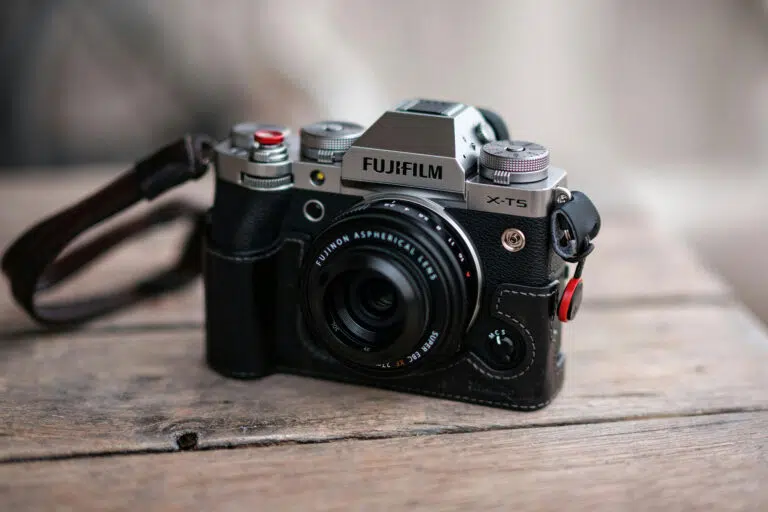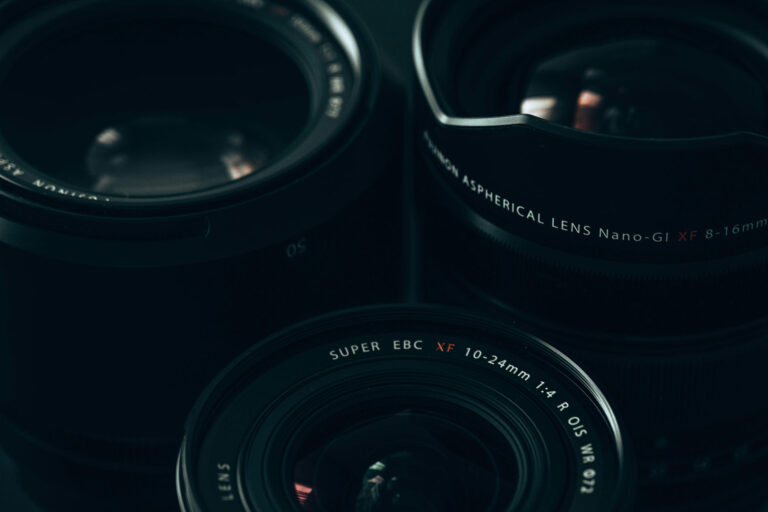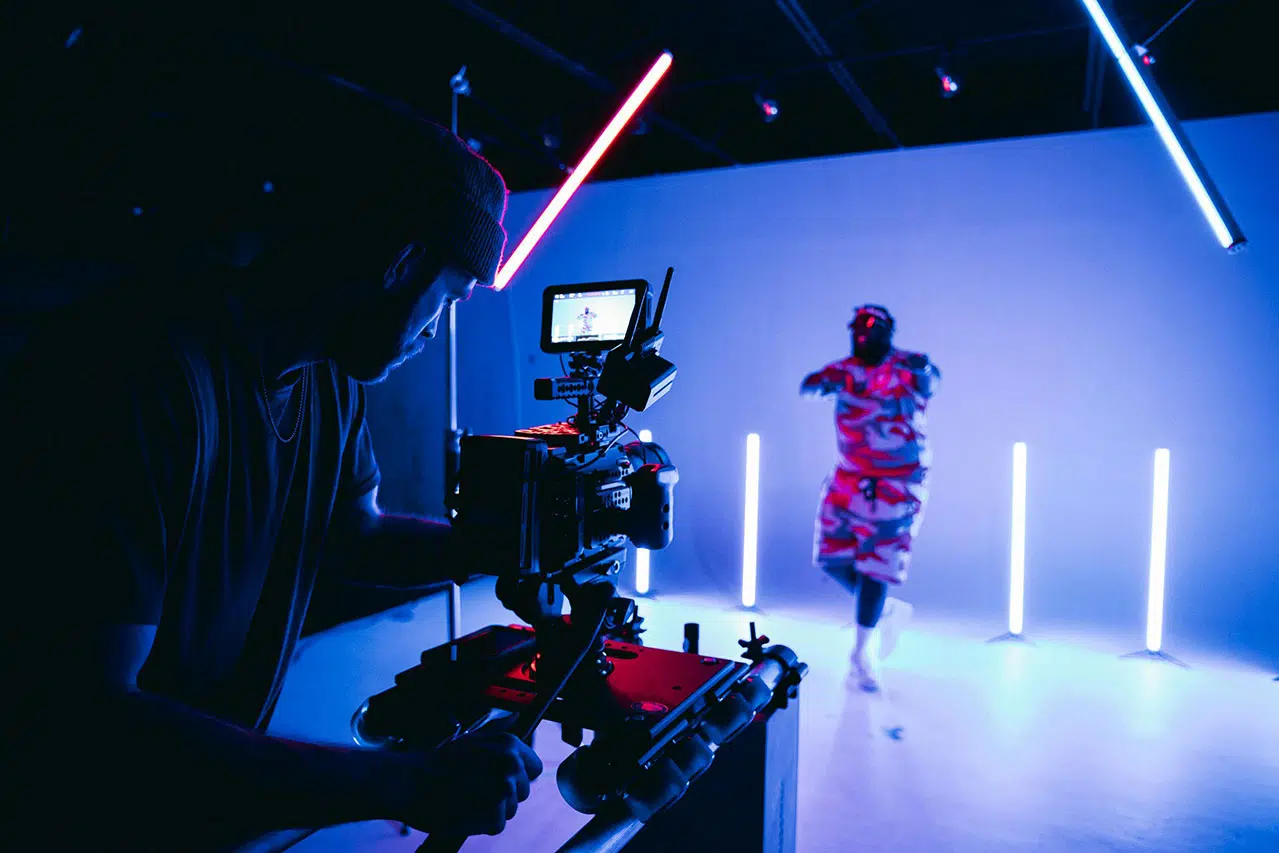Table of Contents
There is nothing like the peace of mind you get by using one of the best dry cabinets for cameras & lenses – and something that I had to learn the hard way. Like, I would just leave my camera and lenses on a shelf or a regular camera bag, and consider that “good enough.” I was wrong.
One of my beloved lenses — this gorgeous little old Takumar — got rather tattered, with dots of little fungus (fungi?) here and there. Nothing terrible, but there are just enough to leave me with a tiny sting when I look through it. It’s a shadow cast across the image, both physically and emotionally. I didn’t have a dry cabinet for cameras & lenses. I figured I could make do without it.” That little mistake showed me how quickly humidity can creep up and do a number on your equipment.
You live in a moist environment (Southeast Asia, Florida, or, well, soggy weather). Stuff happens quickly. You have your lenses all cleaned up, but fungus doesn’t need a lot to start growing. And a little trapped moisture, a bit of time. When it finds a way between your lens elements, you’re screwed.
That’s why I now advise every photographer, whether new or experienced, to simply buy a dry box right out of the gate. It’s not about being fancy. It’s an issue of protecting your investment. Cameras and lenses are expensive, and the best dry box is an easy way to ensure that your equipment is clean, dry, and ready for the next shoot.
What Is a Camera Dry Cabinets?
A dry cabinet is basically an electronic storage container with controlled humidity. It keeps moisture out and maintains a safe range, usually around 40–50% relative humidity. That’s the sweet spot for camera bodies, lenses, and even film.
Some dry boxes and dry cabinets for cameras are manual with silica gel, while others are electronic with digital hygrometers and auto humidity control. Either way, they do one job really well: keep your gear dry and fungus-free.
You can think of it as a mini climate-controlled vault for your camera collection.
Why You Actually Need One
Ironic: I always thought dry cabinets were overkill. I stored my equipment in padded bags out of direct sunlight and thought that would do the trick. But as time goes on, moisture adds up, even inside the house. Air conditioning helps, but it isn’t a given. And many homes, particularly in the tropics, have times of day or night when the humidity climbs far beyond 60%.
This is all it takes for fungus to begin growing inside your lens. And once it’s inside, it’s extremely difficult to clean yourself — professionally, even, and that help isn’t cheap. Learn how to clean fungus on camera lenses.
The best dry cabinets & boxes grant you peace of mind. No guessing, no “hoping it’s okay in the bag.” You can be confident that your gear is secure, whether it’s your primary camera, backup camera, or a lens you seldom use.
What Is Fungus and How Does It Affect Camera Lenses?
Fungus is a living organism that thrives in dark, humid spaces—like the inside of a camera lens. It usually looks like faint threads, spiderwebs, or small dots across the glass elements. Once it starts growing, it feeds on dust, oil, and organic residue trapped inside the lens. Over time, it can etch into the glass coatings or even the glass itself.
If left untreated, fungus can permanently reduce image quality. You might notice hazy shots, reduced contrast, or visible marks in your photos. Cleaning minor fungus early can help, but in many cases, full disassembly and professional servicing is required—and that gets expensive fast.
Want to learn more about what lens fungus looks like and how to clean it? Check out our upcoming guide: How to Identify and Clean Fungus on Camera Lenses.
Best Dry Cabinets for Cameras and Lenses
Now to the good stuff. Let’s go over the best dry cabinets and boxes out there, what they offer, and who they’re for.
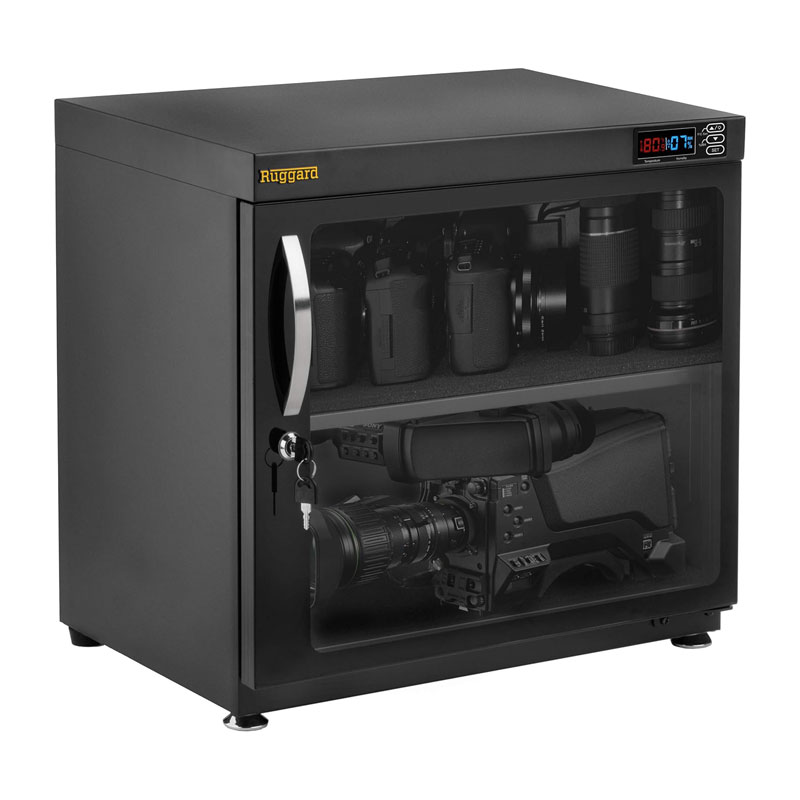
Ruggard Electronic Dry Cabinet (80L)
For photographers with more serious gear—or multiple camera bodies and big lenses—the Ruggard 80L is solid and one of the best dry cabinets for cameras and other electronics. This thing can hold DSLRs, mirrorless bodies, telephoto lenses, and even audio gear. It has adjustable shelves, a locking door, and quiet operation.
It’s great if you want to set up one permanent home for all your gear. The digital readout is easy to use, and once you set it to your preferred humidity, there’s nothing to worry about. It’s a bit more expensive than others, but the size and reliability make up for it.
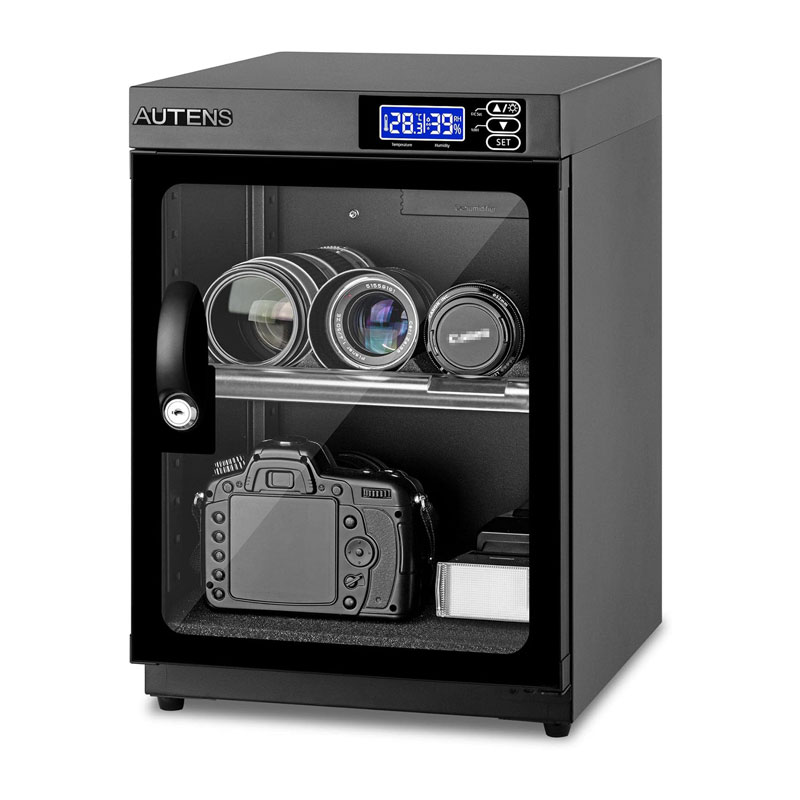
AUTENS 30L Dehumidifying Dry Cabinet Box
The AUTENS Electronic Dehumidifier Dry Cabinet keeps your camera gear safe by controlling humidity with quiet, accurate TE cooling technology. You can set the humidity between 25%–60% RH, and it adjusts automatically with ±1% accuracy. It runs silently, uses just 8W of power, and doesn’t produce heat—so it’s safe for bedrooms, studios, or anywhere you store your gear.
Built with a tough steel frame, magnetic glass door, and sliding shelves, this dry cabinet is both sturdy and practical. It displays temperature and humidity, includes soft LED lighting, and locks with a key for added security. Great for more than just cameras, it’s also ideal for storing books, stamps, electronics, and more. Plug it in, set your level, and let it protect your valuables from moisture and mold.
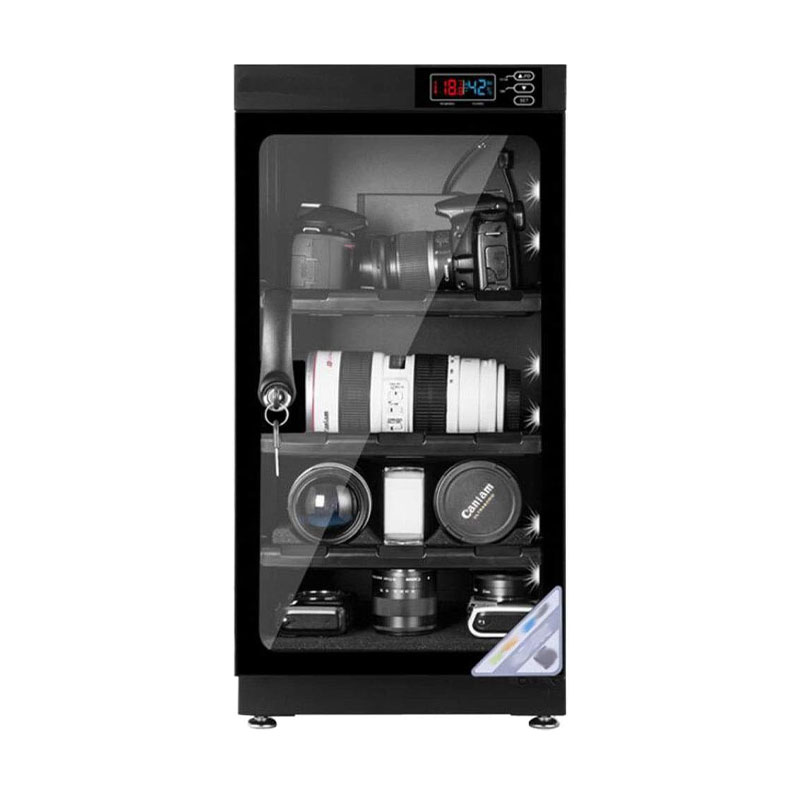
INTBUYING 4 Layers Camera Storage 50L
The INTBUYING 50L 4-Layer Camera Dry Cabinet offers a spacious design with four adjustable shelves, giving you room to store multiple cameras, lenses, and accessories. It uses TE cooling technology that runs quietly without heat, keeping your gear safe from rust, moisture, and warping. The built-in touchscreen lets you set the humidity between 25%–60% RH with ±1% accuracy, so your gear stays in top shape.
This cabinet only uses 8W of power, making it energy efficient for 24/7 use. The magnetic glass door seals tightly, and the interior LED light can be switched on or off for better visibility. It’s not just for camera gear—this cabinet also works well for protecting stamps, books, instruments, and other sensitive items from humidity damage.
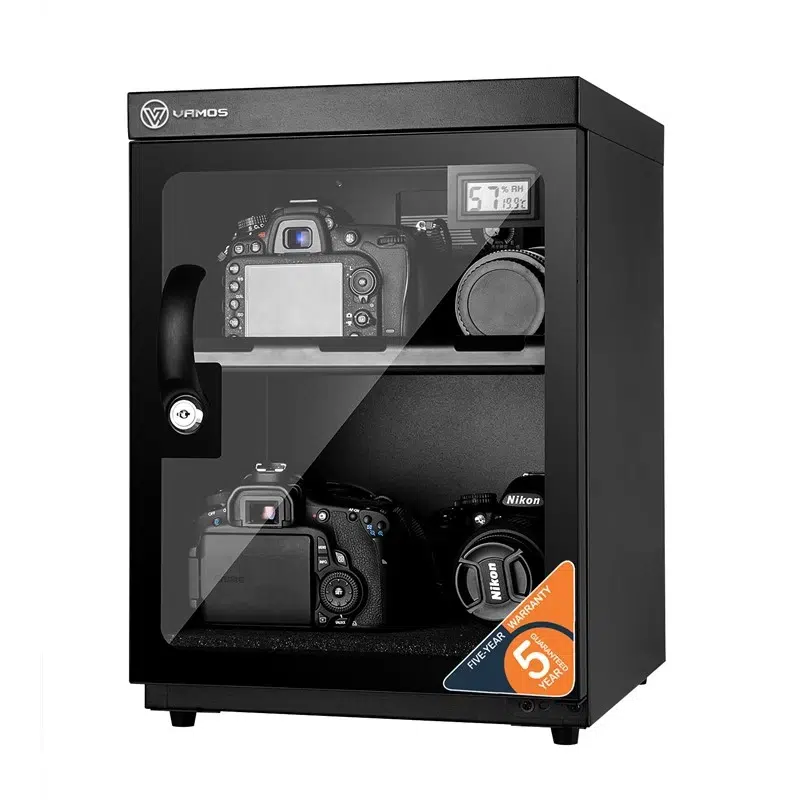
VAMOS DB-35C DRY BOX 35L Dry Cabinet
The VAMOS DB-35C 35L Dry Cabinet is a compact and sturdy. It is one of the best dry boxes built to protect your camera gear and other sensitive items from humidity damage. It features an LCD display with adjustable humidity control ranging from 25% to 60% RH. The cabinet is made of 0.8–1.0mm thick cold-rolled steel for durability and includes a magnet-sealed door for better insulation. Inside, you’ll find a single adjustable shelf and two keys for added security.
With a power draw of less than 8W and support for AC100–240V, this dry box runs quietly and efficiently. It’s ideal for keeping cameras, lenses, coins, medicine, or even seeds safe from oxidation, corrosion, and fungus. If you’re tight on space but need solid protection, this 35L unit is a reliable choice.
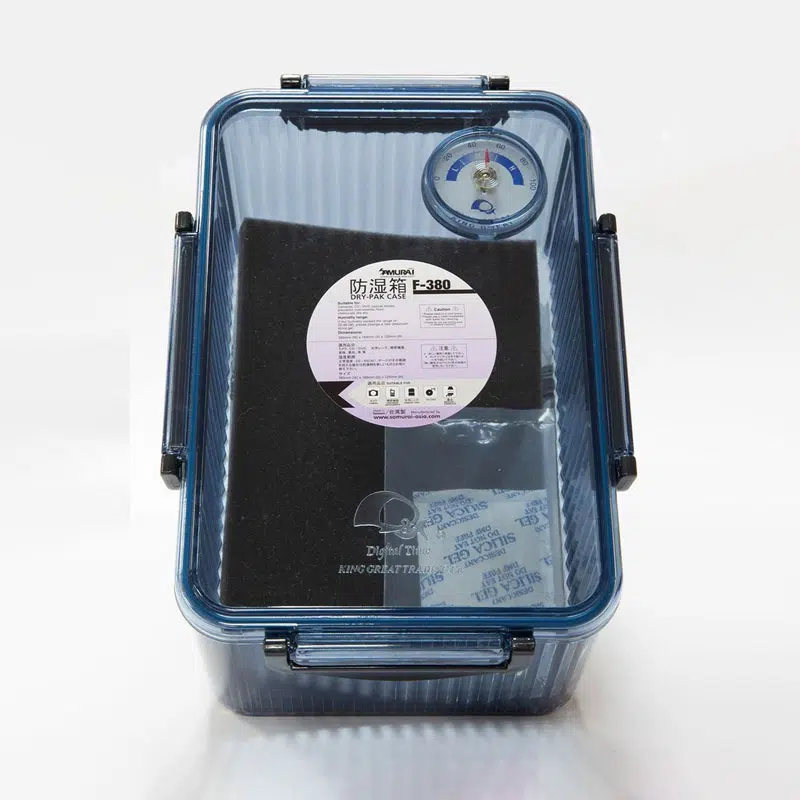
Samurai F380 Dry Box
Humidity can quietly ruin your gear. Cameras, lenses, video equipment, microscopes, binoculars—even handbags—can grow fungus, mold, or show signs of deterioration if not stored properly. Once that damage sets in, repairs can easily cost hundreds. A dry box helps keep your gear safe, clean, and in top condition, saving you from expensive service bills.
The Samurai Dry Box is built to protect your items without needing electricity. It absorbs moisture naturally, helping extend the lifespan of your valuable gear. No power means no running cost. It’s a simple, affordable solution that every photographer or collector should consider—whether you’re storing gear or important documents.
Manual vs Electronic Dry Boxes / Dry Cabinets
There are two main types of dry cabinets / dry boxes—manual and electronic.
Manual dry boxes are simple. They’re airtight containers with a hygrometer and silica gel packets. You’ll need to recharge or replace the silica gel every few weeks, depending on how often you open the box. They’re affordable and perfect for beginners or anyone on a tight budget. Learn how to use manual dry boxes with silica for cost saving.
Electronic dry cabinets / boxes plug into the wall and maintain humidity automatically. They use a dehumidifying unit, and you can usually set your desired humidity level. These are great if you have multiple lenses, shoot often, or just want something you don’t have to think about.
For most folks serious about their gear, the best dry cabinets for cameras are electronic. They take the guesswork out and work 24/7.
How Big Should You Go?
Think about your current gear, and then add space for one or two more lenses. It’s better to go a little bigger than you need right now. Lenses tend to multiply over time, especially if you enjoy experimenting with primes or vintage glass.
A 30L dry cabinet is fine if you have one camera body and two to three lenses. If you’re shooting with multiple systems or have flash units, filters, and other accessories, look at the 50L to 80L range.
Some people even go for 100L or more, especially if they also store film rolls or drone gear.
Just make sure you have space in your room or studio. These boxes are solid, and once placed, they tend to stay in one spot.
Features That Actually Matter
The first thing to check is the humidity range. The best dry cabinets for electronics like cameras, lenses, CDs, and DVDs will hold steady between 40% and 50%, which is ideal for most camera gear. Avoid boxes that fluctuate too much or don’t have clear humidity control.
You’ll also want to look at build quality. A good dry box or dry cabinets should feel sturdy, with tight seals and smooth hinges. Cheaper plastic ones may warp over time or not close properly.
Digital display is another useful feature. Being able to glance at the numbers without opening the box is a small thing, but super handy.
Some models also have adjustable shelves. This makes it easier to arrange your lenses standing upright, which is the best way to store them. Laying lenses flat, especially with front elements facing down, can trap moisture under caps.
Brands Worth Checking Out
In Asia, brands like Ailite, Toyo Living, and Andbon are everywhere—and for good reason. They’ve built a reputation over the years for reliability and decent pricing. If you’re shopping in the US or Europe, Ruggard, Refrigeration Dry Cabinet, and Forspark are solid options.
I personally use a 50L electronic dry cabinet, and it’s been running non-stop for nearly two years. No noise, no issues, and the humidity sits nicely at 45% all day long.
Most of these best dry boxes brands sell on Amazon or Shopee, so they’re easy to order, and some even come with local warranties.
When to Avoid Buying a Dry Cabinet
If you only shoot with smartphones or use a single budget camera once in a while, then maybe you don’t need a full dry cabinet just yet. A smaller, manual box with silica gel can still help.
But if you’ve got anything with glass—DSLRs, mirrorless bodies, vintage lenses, or even compact film cameras—don’t wait too long. The price of a dry box is much lower than the cost of lens repair or replacement.
Trust me, I’d pay double just to go back and keep my Contax G1, Yashica camera, and Takumar lens fungus-free.
Is a Dry Cabinet Better Than a Dry Box?
Some people use the terms interchangeably, but there’s a small difference. A dry cabinet usually refers to larger units, often electronic, with adjustable humidity controls. A dry box can be manual or electronic, and is usually smaller.
Either one works. What matters more is the humidity control, the seal, and whether it fits your gear. The best dry boxes come in all shapes and sizes, so go with what suits your space and habits.
Final Thoughts About Getting The Best Dry Cabinets
It only takes one spot of fungus to ruin a great lens. I learned that the hard way. Since getting my dry cabinet for my cameras & lenses and other electronics, I haven’t had a single issue—and I live in a place where humidity is part of daily life.
Dry cabinets aren’t a luxury. They’re cheap insurance for your camera gear. Whether you shoot professionally or just on weekends, your gear deserves to be protected. And once you own one, you’ll wonder why you didn’t get it sooner.
If you’re shopping around, look for build quality, consistent humidity, and enough room for future gear. The best cabinets for camera & lenses aren’t always the most expensive—they’re the ones that quietly do their job, 24/7.
Set it, forget it, and enjoy every shoot knowing your camera and lenses are safe.
*This post contains affiliate links. If you purchase through these links, I may earn a small commission at no extra cost to you. This helps support the site and allows me to continue sharing helpful tips. Thank you for your support!

